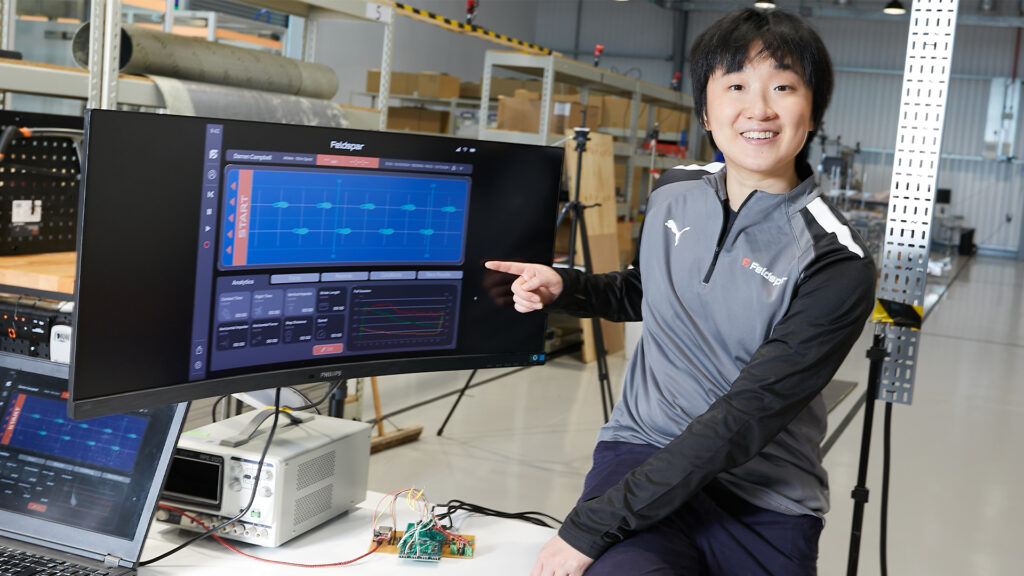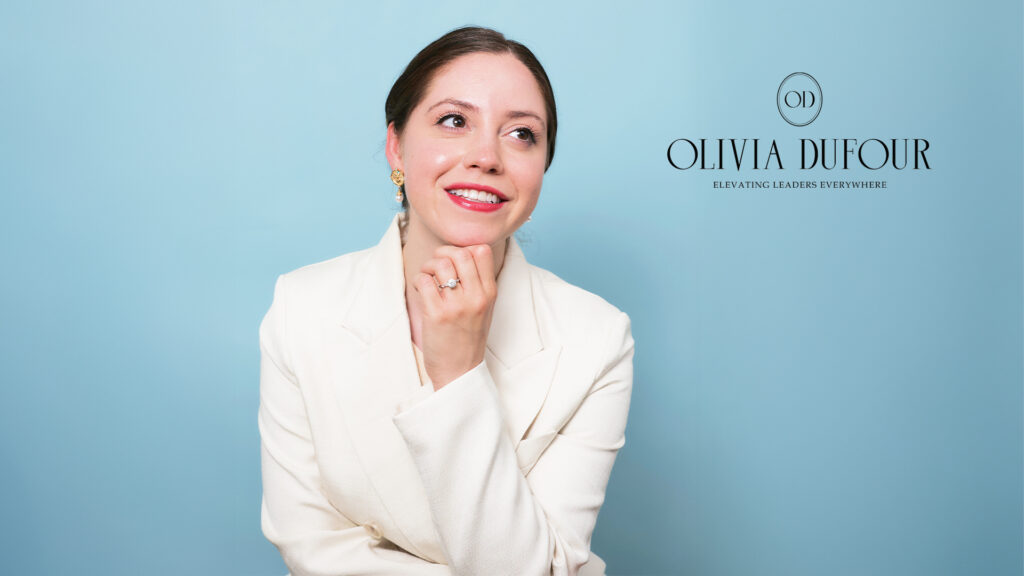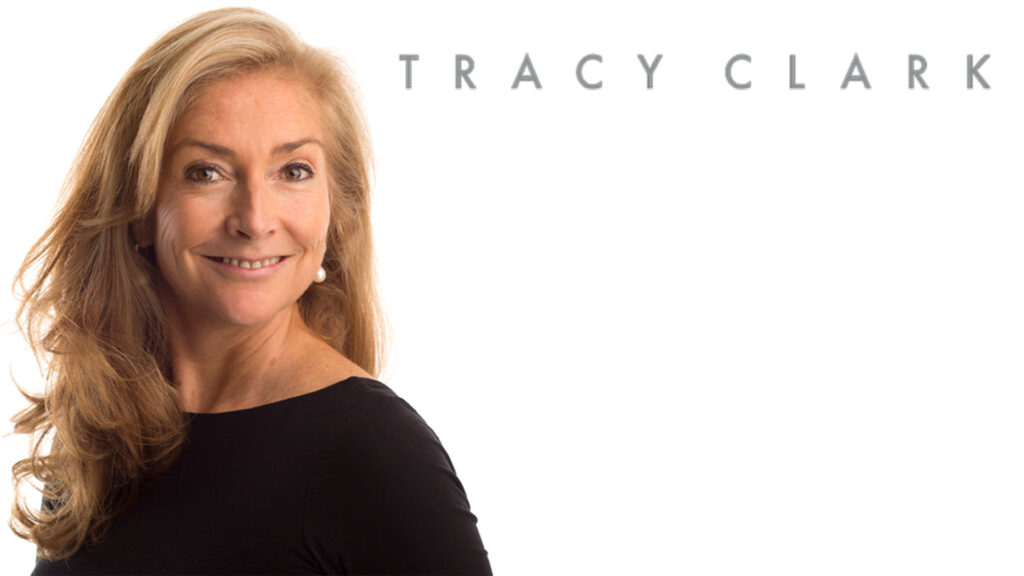For growth-driven CEOs, the opportunity for international expansion simply cannot be ignored. New markets, fresh opportunities, and the potential for significant growth appeal greatly to ambitious leaders.
Explore In-Depth CEO Insights and Articles
Explore our extensive collection of articles featuring the latest insights, trends, and success stories from top business leaders. Stay informed with expert analysis and in-depth content that covers a wide range of topics in leadership and innovation. Browse now to stay ahead in the business world.

Browse Our Latest Articles
Explore the latest articles, featuring expert insights, groundbreaking innovations, and success stories from visionary business leaders. From leadership strategies to industry trends, our articles deliver the knowledge you need to stay informed and inspired. Dive in and stay ahead in the ever-evolving world of business leadership.
Balancing family life and running a business can feel overwhelming, especially when you’re trying to juggle both at once. Whether you're caring for young children, managing an aging relative, or simply trying to keep up with a demanding...
Every organization exists to achieve some purpose-driven outcome. However, while homing in on a mission statement is much like having a compass in hand, success ultimately depends on the roadmap used to get there.
Technology is a great enabler in the workplace, but it can also become a significant burden if its use becomes problematic.
The UK’s performing arts sector has grown significantly in recent years and makes for a great career for anyone looking to start their own business.
Expanding into new markets is not only a strategic need for forward-looking e-commerce companies but also a reality of the hyperconnected global economy of today. Companies have to reach high-growth markets as competition gets more fierce and use ...
Send Me a Sample (SMaS) is reshaping the digital sampling landscape, turning digital interactions into personalised, real-world connections.
Every element matters in the competitive world of athletics, right down to the flooring. While there have been numerous advancements in footwear, clothing, and accessories to enhance athletic performance, the true potential of flooring remains unr...
Changeblock is a company on a mission to empower businesses to survive and thrive in global markets.
Working with Fortune 500 leaders, startup founders, and executive board members, Olivia Dufour is reimagining leadership as a whole.
With over 25 years of experience in commercial business, Tracy Clark has steadily become an impactful expert in the world of business coaching.
In an era where digital transformation is no longer optional, Heirloom Computing is revolutionizing how Global 2000 companies modernize their critical mainframe systems.











